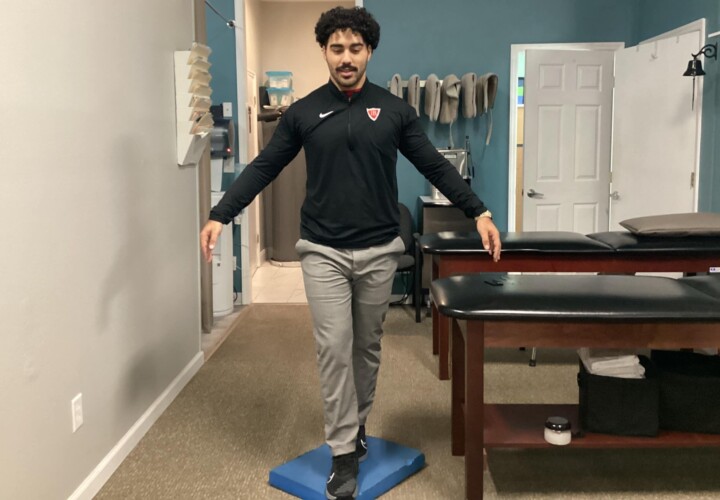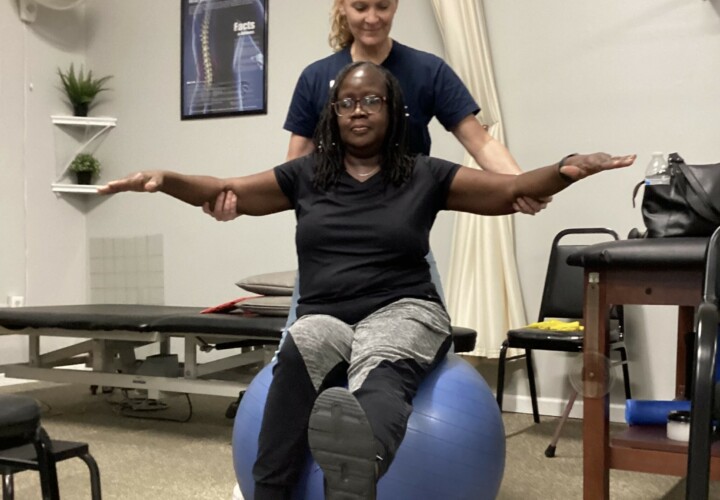We had a saying in school: if you’re hanging around in the US and you hear hoof beats, it’s probably a horse. If you see stripes though, call someone because a zebra got loose from the zoo.
It’s a funny little metaphor, but it’s actually a big deal in screenings. Let’s take shoulder pain. More often than not, even severe and intense pain in the shoulder is just a sign of a tendinitis, a very benign and treatable condition that resolves very readily. However, in very select and rare cases, it can be the sign of a very particular type of tumor, and that patient needs to get to oncology ASAP.
So, the majority of time, it’s going to be a horse. Your patient will show up in clinic with a very particular presentation that can be reproduced with specific motions and physical exam tests, and their reports of what makes it worse and better will make perfect sense.
On the other hand, if none of those physical tests change my patient’s pain, and their intake forms reported a history of smoking, I’m seeing stripes. These small little red flags are an early warning system that all doctorate professions in the medical field (physicians, chiropractors, therapists, and pharmacists) are trained to look for at all times. We’re not expecting a zebra, but we’re always on the lookout. This is why whenever you go into your doctor’s office we always have you fill out a lot of paperwork with seemingly unrelated questions, and why our physical exams are so important to go through before we give you an absolute diagnosis.
It’s also one of the biggest reasons that I remind people that the internet is different from your doctor: a lot of things can come in similar packages from musclular, tendonous, nerve, to boney issues, and a verbal description of symptoms is only so good. A thorough physical exam and necessary imaging is important to rule out our zebras and figure out which breed of horse we’re treating!



